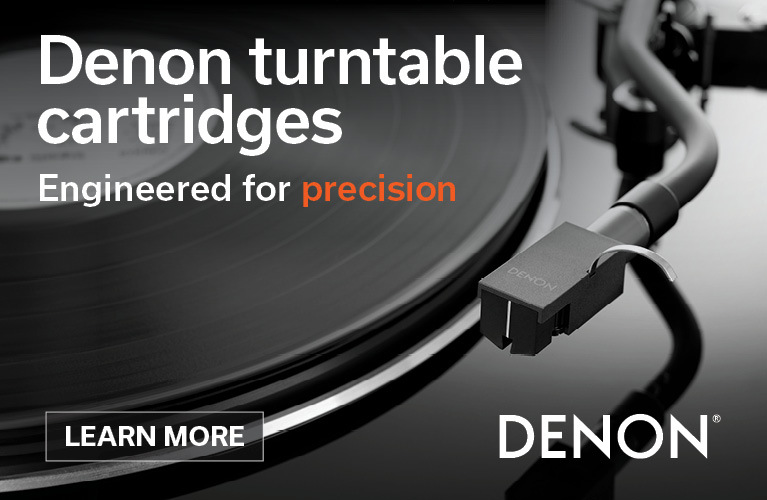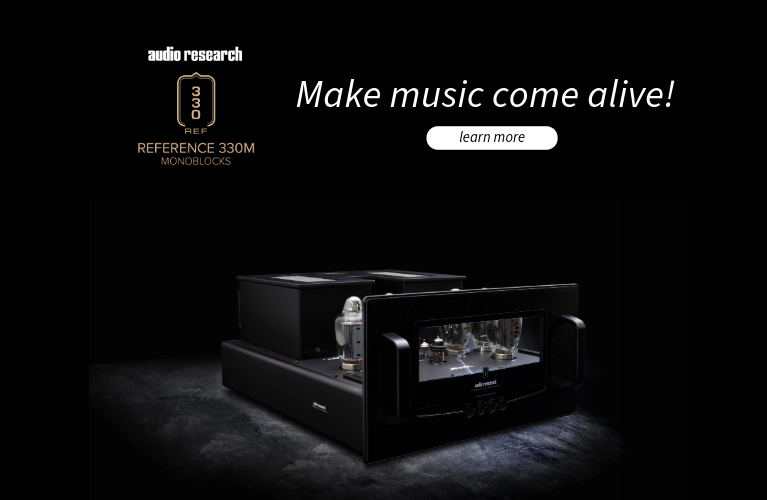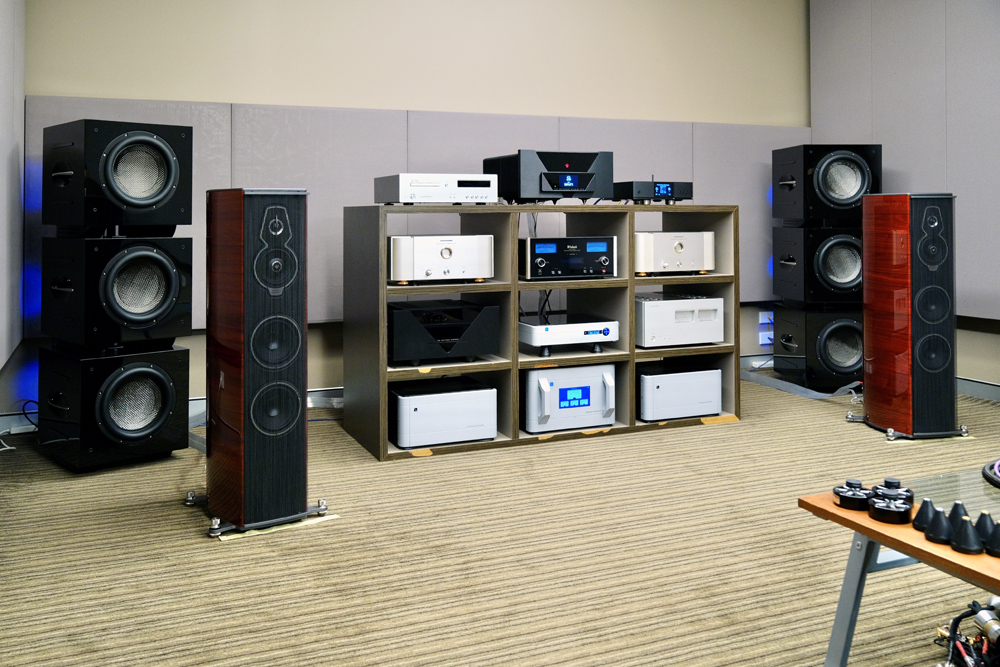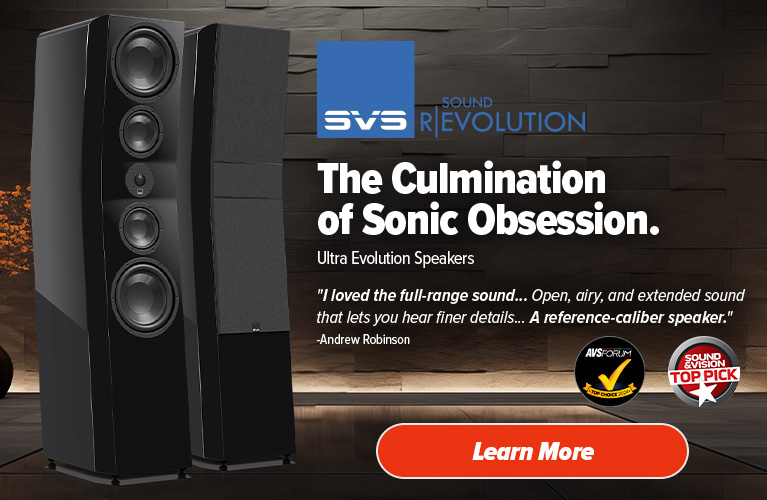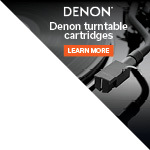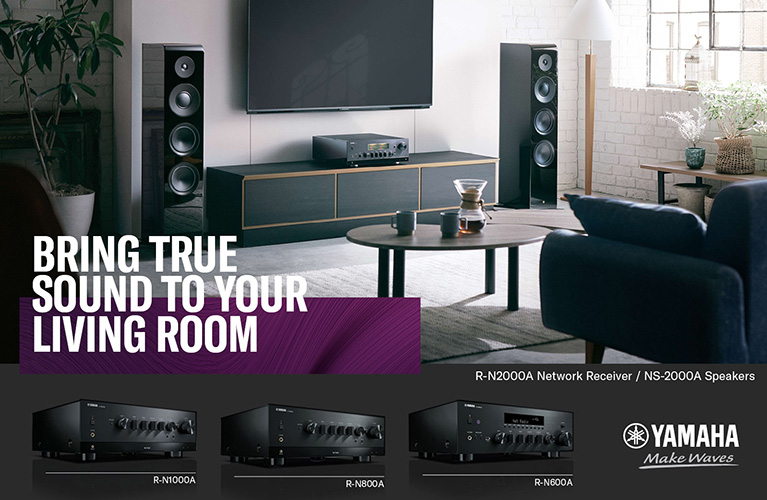Bass: It’s the foundation of music… the bedrock. Whether it’s the dramatic punctuation of an orchestral crescendo, the gut-shake of electronica, or the concussive slam of metal, visceral low-frequency energy is a fundamental aspect of the musical experience. In any genre of music. So, as I head to Audio Solutions, the famed house of hi-fi indulgence in Mascot, near Sydney’s airport, I feel like I’m lifted by a thermal and am almost airborne with anticipation. I’m going to audition REL Acoustics’ unfathomable power configuration: dual Carbon Special subwoofer line arrays, a six-pack of three subs per channel, monstrous dual stacks whose sheer acoustic energy will likely have my skinny jeans flapping to the bass beat. And potentially realign my skeletal frame. Yet, such force is not necessarily what this powerful line array is all about… there’s nuance behind the roar.
The Odyssey
As I arrive, I’m welcomed by Audio Solutions’ Greek Gods, Tony Stantzos and Nick Pappas. Never a dull moment with these two. After a short jovial chat with Gelos and Dionysus, I’m now greeted by Jack Sarkissian, the long-time Sydney representative of Melbourne’s Synergy Audio, who distributes REL products in Australia as part of an enviable product portfolio. I’m here to experience the majesty of REL Acoustics’ Carbon Special subwoofer line array. Now, that’s a six-pack.
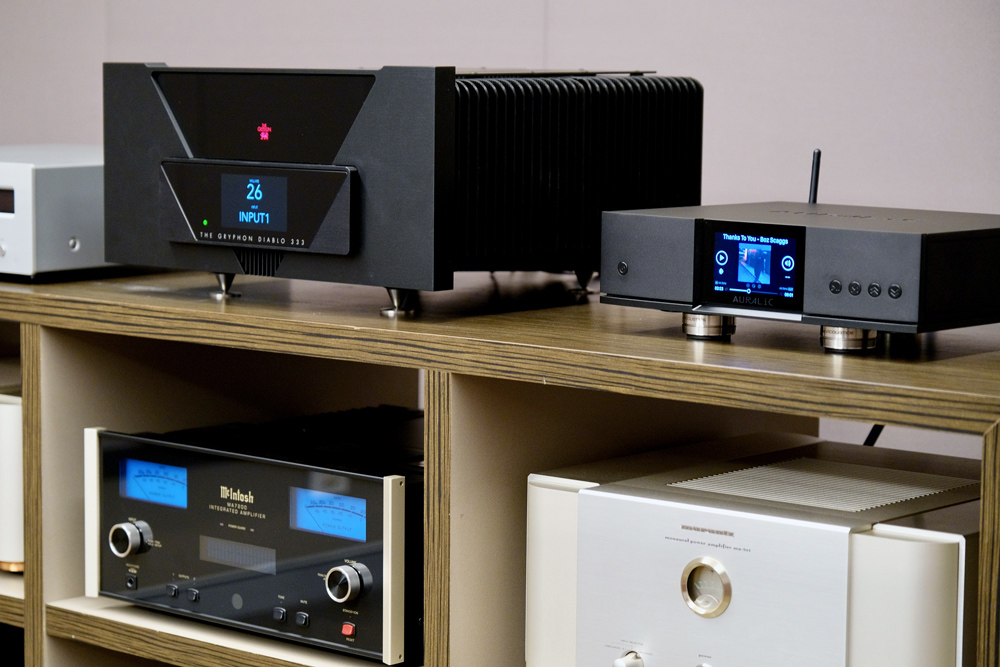
So, after comparing abs with the Greek Gods – they won hands down – I’m led upstairs to the main listening studio where the real six-pack is on show. At the far wall, a rack of audio exotica is on display, part of which is active for the auditioning system’s configuration. For this demonstration, the Carbon Specials are mated to a curated system featuring the acclaimed AURALiC Aries G2.2 Wireless Streaming Transporter, the award winning Gryphon Audio Diablo 333 (see review here), and the delightful Sonus faber Serafino G2 loudspeakers, all hooked up with Nordost cabling.
Sarkissian goes through an introduction of the system and a short spiel on the philosophy behind REL Acoustics subwoofer design. It’s the company’s strong belief that its hook-up and system configuration ideologies provide superior sonic performance, cohesion and integration. I have very no reason to doubt this assertion. I’ve reviewed several of the company’s subwoofers –the Reference series models deserve a special mention – and heard them in many systems, with the results always consistently being in line with the company’s claims: high quality sound and seamless integration. Like Sarkissian states, “If you don’t get the bass right, things don’t quite click…”.
REL Acoustics preferred modus operandi is defined by connecting the main amplifier’s speaker outputs directly to the subwoofer’s high-level inputs. This allows the amplifier’s tonal signature to carry through consistently across main stereo speakers and subwoofer/s. REL Acoustics has engineered the subwoofer’s high-level input to step down the voltage coming from the amplifier’s terminals (a voltage rather than current topology), a strategy that presents a negligible, benign impedance load at the amplifier’s speaker terminals. Without going beyond the scope of this feature, there are several steps onwards from that input point before the signal proceeds through the subwoofer’s in-built amplifier and arrives at the subwoofer driver.
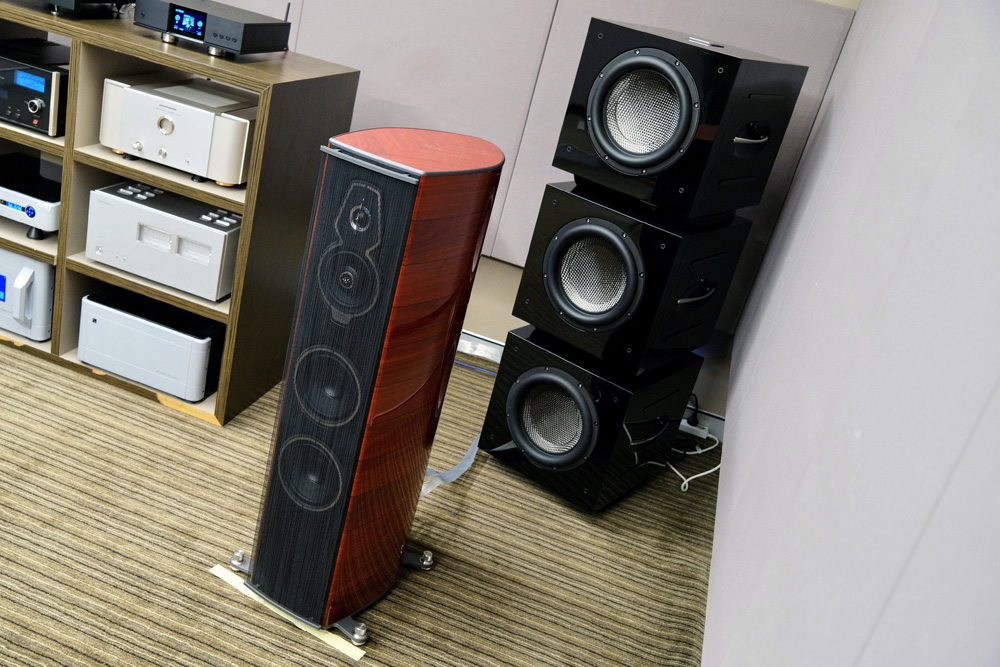
Sarkissian divulges that the subwoofers were crossed over at around 30 Hz. He also explains that the reason for the three-per-side array translates to an overall fuller presentation. In the case of an array, such as presented here, the bottom subwoofer simply daisy chains to the second subwoofer and from there onto the third. Sarkissian further explains that the bottom sub provides low frequency fundamentals, the middle unit is charged with mid-bass impact, and the top subwoofer offers a “pressure cap” subtly augmenting higher frequencies octaves above the crossover point.
Sarkissian starts off by presenting portions of tracks without the subwoofers in circuit and then goes on to introduce the line array. If ever there was a more explicit, unquestionably evident demonstration of the difference in sound quality these subs can offer… man, oh man, talk about a giant step for mankind in terms of approaching realism.
When the line arrays enter the equation, there’s an immediate shift. The soundscape enlarges, opening up with air and extraordinary ambient information. Speakers that might otherwise impress on their own suddenly can sound, by comparison, restricted in terms of dimensionality. In this context, once you hear it you cannot unhear it. Yeah, there’s no way back…
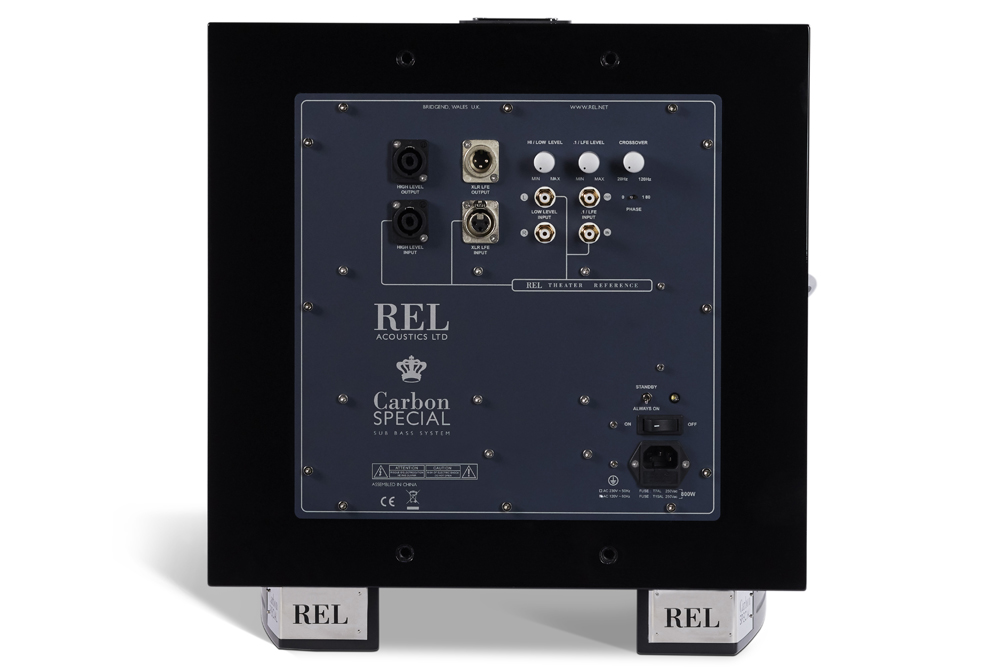
So, quite aside from low frequency fireworks – and there’s plenty of that, as I describe below – the subwoofer stacks also deliver benefits several octaves up the frequency response. This is illustrated most vividly by the profound increase in instrumental decay, where the core on string or percussive instrument notes, for example, are presented with an open and airy signature, and with extended harmonic decay that peters out naturally.
On a track like “Kyrie” from Ariel Ramírez’s Misa Criolla (the Cobra Records release), the enormity of the soundstage is breathtaking when the subs are active. Take the subs away and you get what sounds like a spatial collapse, despite the main speakers’ competence at rendering soundstage dimensionality and image focus. And then there’s the slam of that heartbeat drum…
Then, given powerful bass material, you get proper room-pressurising shakes. You’d expect that given the high quality carbon 12 inch (300 mm) front-firing main driver and the bottom panel’s 12 inch (300 mm) passive radiator.
The big bass notes on Fiona Apple’s “Sleep to Dream” from her Tidal album rocked the room’s foundations, yet there was a sense of nuanced control, with almost zero overhang. Power rock from the Deftones’ White Pony album was an almost flooring experience, even on a relatively calmer track like “Passenger”.
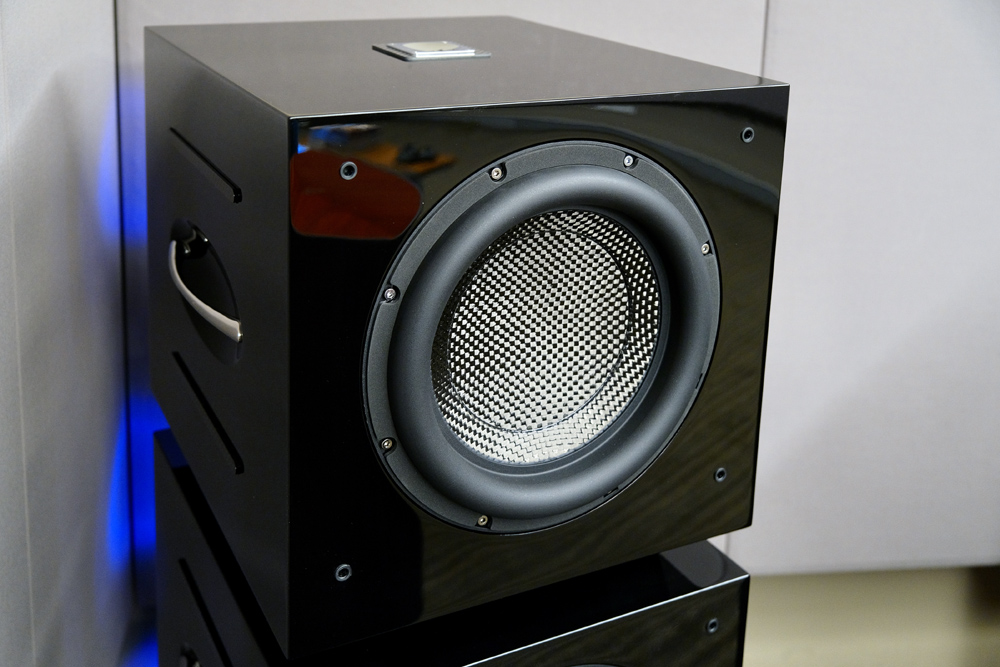
A few days after my visit, SoundStage! Australia reviewer Barry Johnston conducted his own audition at Audio Solutions, offering a second viewpoint (or earpoint?). His opinion is informed by his personal experience with a pair of REL Reference № 31 subwoofers which he runs in his reference system (read his review here). Below, he shares his listening impressions:
There's something about standing in front of a six-pack stack of REL Carbon Specials that makes you question everything you thought you knew about bass. I cued up Def Leppard’s “Love Bites”, then “Gods of War”, and let the Gryphon Diablo 333 and AURALiC streamer do their thing through a pair of Sonus faber Serafino G2. What hit me wasn't just bass – it was architecture. The room breathed. Decay hung in the air like perfume, not forced or overblown, just there, dying away in its own sweet time. I got that rare feeling where everything just clicks. You don't listen with your ears anymore – you feel it in your chest, your throat, your gut. It's not about slam or boom; it's about pressure – properly pressurising the space until it feels like you're inside the music, not in front of it.
Testing for linearity and cohesion with this setup was like checking the alignment of a vintage sports car – when it's right, it's really right. Whether it was Madonna's “Vogue” or Infected Mushroom's psychedelic chaos, every layer stayed intact, perfectly proportioned and coherent across all six subs. Even the hushed melancholy of Angus & Julia Stone floated effortlessly above the abyss of low-end power. “Falling In Reverse”? Violent, tender, explosive – all at once. Bass, after all, is just air in motion, and volume is its partner in crime. This system didn't just fill the room – it made it pulse. And me? I was grinning like I'd just stolen fire.
Conclusion
There is zero doubt in my mind that any system stands to benefit from REL Acoustics’ subwoofer technologies and design philosophies. In this context – and I’d argue in almost any other – the advantages of the line array approach are undeniable. In my opinion, even introducing just two of these exceptional subwoofers would yield substantial sonic gains.
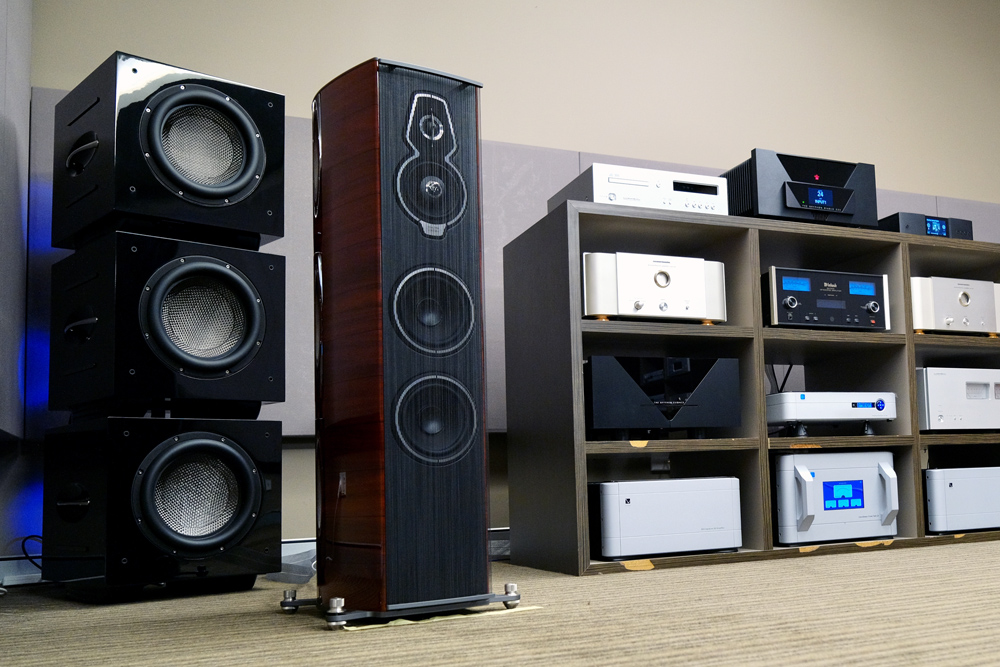
From there, and subject to budget, listening room space, and the stature of the main speakers, expanding to a full array – or as an intermediate step, a four-pack configuration – can unlock sonic wonders on a transcendental scale. Mind blown.
… Edgar Kramer
This email address is being protected from spambots. You need JavaScript enabled to view it.
REL Acoustics Carbon Special Subwoofer
Price: AU$8799 per subwoofer
Australian Distributor: Synergy Audio
+61 3 9459 7474
www.synergyaudio.com
Audio Solutions
1195 Botany Road
Mascot NSW 2020
+61 1300 856 145
https://audiosolutions.net.au/

